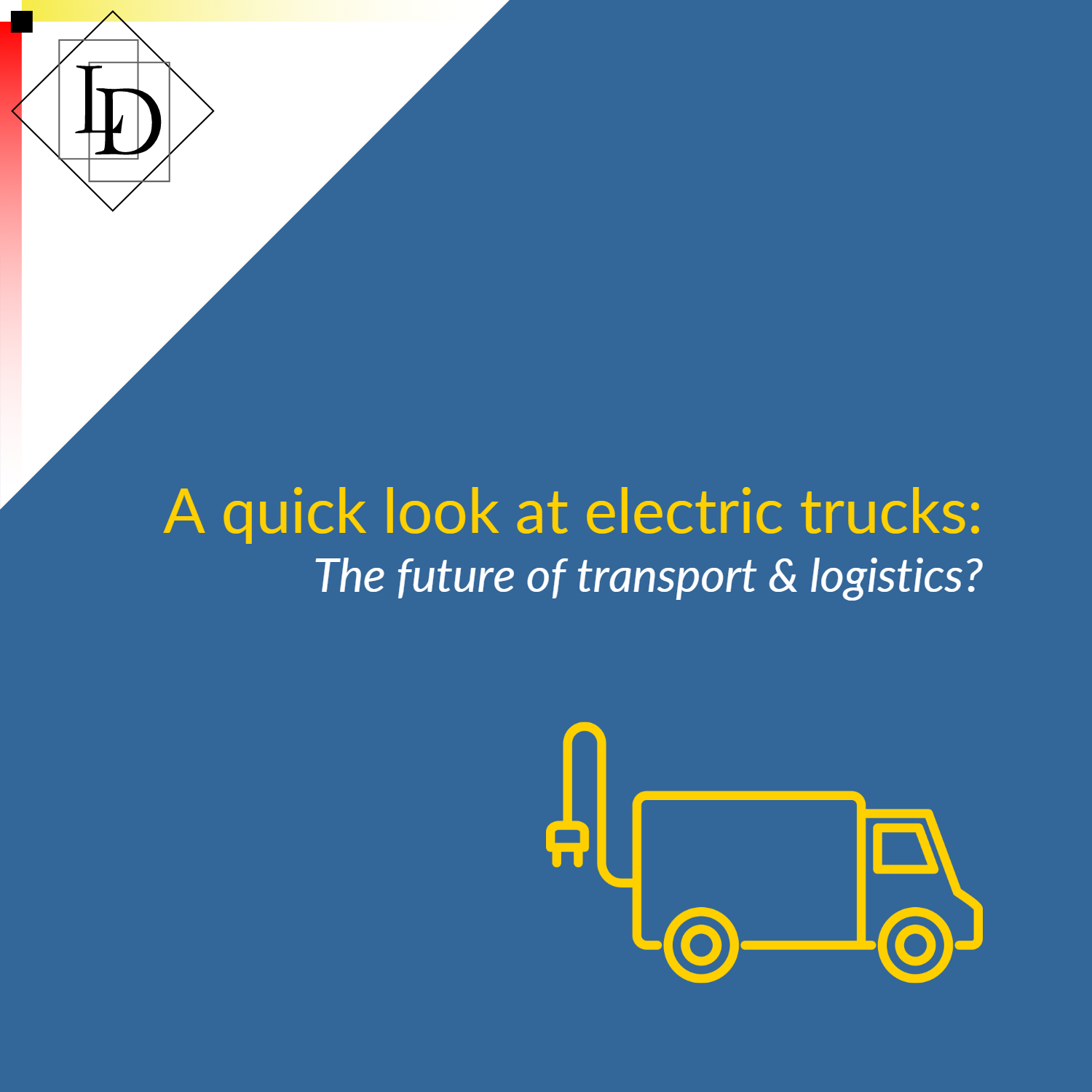
Electric Trucks in Australia: An Overview
As electric vehicles become more practical and the technologies supporting them mature, it’s only a matter of time before the transport and logistics industry begins widespread adoption of electric trucks. In this article, we’ll be looking at some of the benefits and challenges of using EVs, “off-the-shelf” options for e-trucks, converting diesel prime movers to electric, and taking a quick glance at Team Global Express (formerly TOLL) – which has already begun to electrify its fleet.
Benefits and Challenges
Aside from obvious benefits to carbon emissions, electric vehicles bring the potential for significant savings in fuel and maintenance. Using current Perth prices for electricity and diesel, running the numbers on the average diesel semi loaded to a GVM of 42 tonne versus a Tesla Semi loaded to a GVM of 37 tonne works out to $3.52/100km per tonne for diesel and $0.85/100km per tonne for electric – less than a quarter of the cost of diesel. Considering that electric vehicles tend to have less costly servicing requirements, a significant reduction in overall running costs can be reasonably expected – though real-world data has yet to tell its tale.
With that said, the elephants in the room, cost and range, must be addressed. The initial expense of purchasing an electric truck does not stop with the vehicle itself, but also must include charging infrastructure. According to the Australian Bureau of Statistics, over 80% of transport companies employ less than five people. For these smaller businesses, acquiring an electric vehicle is likely to remain far out of reach, at least until there is widespread adoption of EVs in the transport industry.
Australia is a uniquely difficult market for EVs in general, let alone E-Trucks. The distances involved in transporting freight between cities, mines, and farms commonly exceeds several hundred kilometres. Most EV trucks have a range of at most 300km, with very few able to manage 500km distances. Until battery technology improves, or alternatives such as fuel cells become more available, this limits E-Truck applications to intra-city freight or other short range applications.
Off the Shelf: Current E-Truck Options
Options for off-the-shelf electric trucks are limited. Currently the only manufacturers supplying the Australian market are Fuso, Volvo, and Hyundai. Of these, Fuso and Hyundai’s offerings cater to the intra-city transport sector, with only Volvo offering electric trucks in the 40 tonne plus range. While Tesla’s Semi may look attractive, it is not currently available in Australia as its width exceeds the maximum regulated width.
E-Truck Conversion
Considering the challenges of purchasing an EV truck outright, an attractive alternative is converting trucks due for rebuild or replacement to EVs. This provides a significant reduction in the outlay required, enabling smaller businesses to remain competitive. Currently, Janus Electric, an electric truck conversion company operating in NSW, is providing conversion services for new and existing trucks. Their system allows depleted batteries to be swapped out for fresh ones in a matter of minutes, allowing the truck to be back on the road while the depleted battery is recharged. Read more on their website.
Early E-dopters
In December 2022, Team Global Express embarked on a $44 million project to electrify its transport and logistics operations with Fuso eCanter LR trucks and Volvo FL MR trucks. The Australian Renewable Energy Agency (ARENA) has funded $20 million of the total, in order to overcome barriers to EV adoption, build market confidence, and prove the viability of heavy electric vehicles in the transport sector. TGE expects EVs to comprise over 30% of its western Sydney fleet over the course of the project.
To Wrap Up
It is clear that it is still early days for heavy EVs. While there are significant benefits to electric vehicles, their widespread adoption in the Australian transport industry is limited by the many challenges we’ve discussed. That’s not to say that EVs aren’t the way forward. As early adopters continue to blaze this trail, technologies continue to improve, and more heavy EV options become available, we can be confident the Australian transport and logistics industry will continue to gather momentum on the path to sustainability.